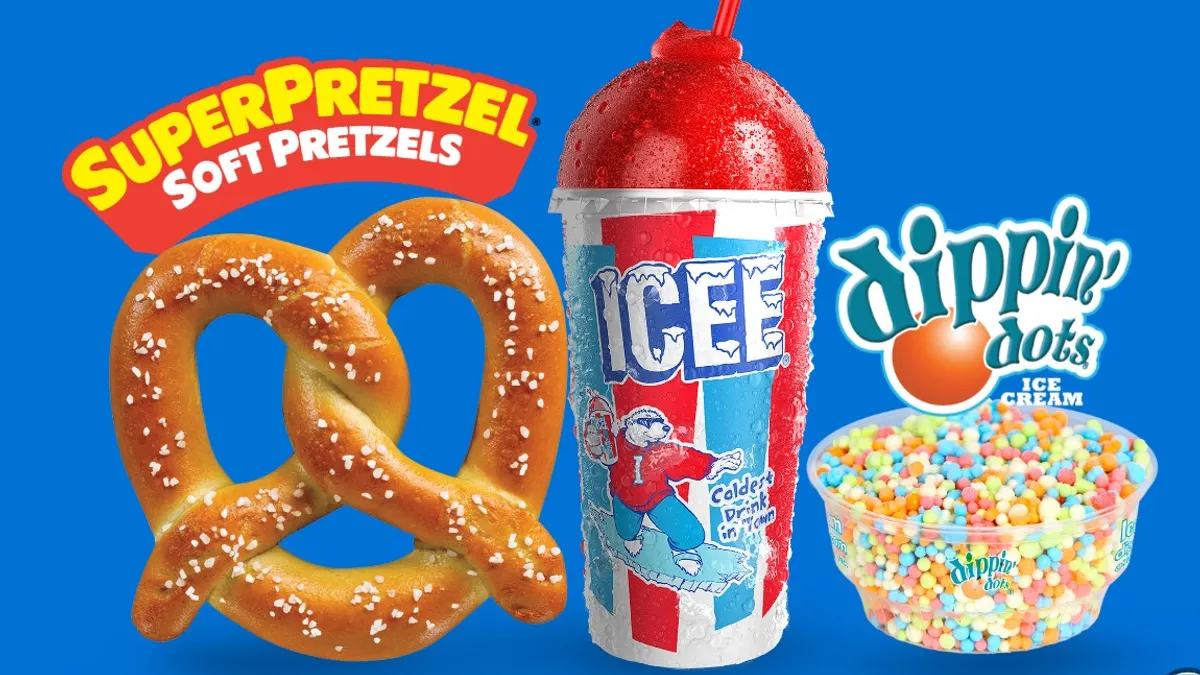When Carri Chan wanted to stock up on at-home COVID-19 tests last summer, she went from one New York City pharmacy to the next. If she was lucky, they had one box.
She would buy it and go to the next pharmacy in search of more. Chan then ordered 12 sets, the maximum allowed on Amazon, in anticipation of the start of in-person school. She waited six to eight weeks for their arrival.
With young and unvaccinated children at home, Chan, a business professor of decision, risk and operations in the healthcare arena and the faculty director of the healthcare and pharmaceutical management program at the Columbia Business School, wanted the tests in case anyone in her household woke up with a sore throat.
A few months later, the supply of at-home or rapid antigen tests had increased, with tests available on the drugstore shelf instead of behind the counter. No more waiting eight weeks on Amazon.
Just as stores are discounting the once scarce bottles of hand sanitizer, many people have more than enough rapid tests filling up their drawers. That includes the free tests shipped directly to homes by the U.S. government. And now insurance companies will directly pay for or reimburse the cost of eight tests per person per month, though this does not guarantee availability.
Supply chain difficulties have become standard for nearly all businesses during the pandemic, but at-home test manufacturers faced unique problems with forecasting demand. The challenges, in part, accounted for the wild inconsistencies in coronavirus test availability over the past year and a half.
Ups and downs of COVID-19 test manufacturing
One of the bigger issues with the COVID-19 testing supply chain is determining demand. Manufacturers including Abbott would shutter factories, only to scramble to reopen them when new waves of the virus pushed up demand.
Longhorn Vaccines and Diagnostics, which produces the transport medium for PCR test samples, received an FDA request to massively scale up demand in 2020. The company historically produced at most 100,000 units a year, and the FDA was requesting 3 million units a week.
Longhorn was able to make 50 million units that year after ordering large quantities of chemicals from China and working with two U.S. tube manufacturers to scale up production. At the start of 2021, the company decided to stock up even more on chemicals to ensure it could last through two years of peak COVID-19 numbers. Storage costs were high, but the company couldn't afford to run short on the chemicals, according to president Jeff Fischer.
Then, in February 2021, coronavirus testing slowed. One week Longhorn was selling 10 million units, and the next week, people were canceling orders.
At the time, the government did not have large purchasing agreements for at-home tests. Many clients had started swapping out testing sites for vaccination sites. So when orders stopped, the supply chain was already full of tests, Fischer said.
"No one wants to get ahead of things for fear of being stuck with inventory they can’t use."

Jeff Fischer
President, Longhorn Vaccines and Diagnostics
Then, after the delta variant took hold, manufacturers were hesitant to start up production again in fear of making the same mistakes twice.
"People were uncomfortable filling the supply chain with components at every stage, from basic raw materials to finished components," Fischer said. "We all had been sitting on inventory all summer. And it was like seeing all your cash disintegrate in front of you."
Longhorn was able to get through its inventory, but companies were wary about the risk of procuring more.
"No one wants to get ahead of things for fear of being stuck with inventory they can’t use."
Why it's so hard to predict demand
At-home testing is challenging because it's essentially a new market, said Chan, and it's hard to find similar products for comparison in forecasting. There is no historical data as a comparison.
There is also volatility over what is driving demand. It can be the community infection rate, office or school requirements, testing requirements for travel and events, policy issues, and cost.
Government messaging around at-home testing had an effect. Currently PCR (molecular) testing is free nationwide. When vaccines were introduced, the federal government did not widely embrace rapid testing at a policy level, because it was not as accurate as PCR testing.
Predictive analytics can be used to anticipate demand, but these analytics must be taken with a grain of salt due to the volatility. There are costs of having too many and too few products: If a company estimates a demand for one million tests per week, does it expect variability between 900,000 and 1.1 million, or between 500,000 and 1.5 million? That affects production and logistics, with supply procurement, warehousing, and trucking reservations.
Port availability also plays into the uncertainty. If manufacturing or sourcing from abroad, companies must decide whether there's enough increased demand short term to pay shipping premiums to stock up or ramp up production. With anticipated later demand, companies may have enough stock to avoid paying expediting fees.
"There's a cascade of decisions, and that's what makes it so difficult," Chan said.
This story was first published in our Operations Weekly newsletter. Sign up here.






















